
Not all vegetables are created equal. Some are nutritional powerhouses packed with vitamins, fiber, and disease-fighting compounds. Others? More like sugar bombs in disguise or salt traps in a can. Let’s break down the best veggies to fill your plate with and the ones to enjoy in moderation, starting with the ones that truly boost your health.
Spinach

Mild in flavor but bold in nutrients, spinach provides iron, folate, and magnesium to support energy and muscle function. Its antioxidants promote eye health and immunity. You can toss it in eggs, blend it into a smoothie, or use it as a nutrient-rich substitute for lettuce.
Carrots
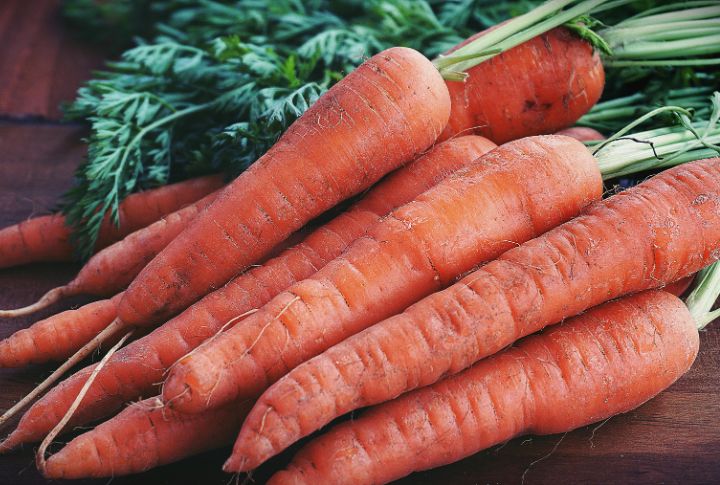
Carrots bring more than crunch to the table. They deliver beta-carotene, which converts into vitamin A, benefiting vision and skin. Their natural sweetness makes them a great snack, but they also shine in soups, stir-fries, and roasted side dishes. In fact, cooking them releases even more nutrients.
Bell Peppers
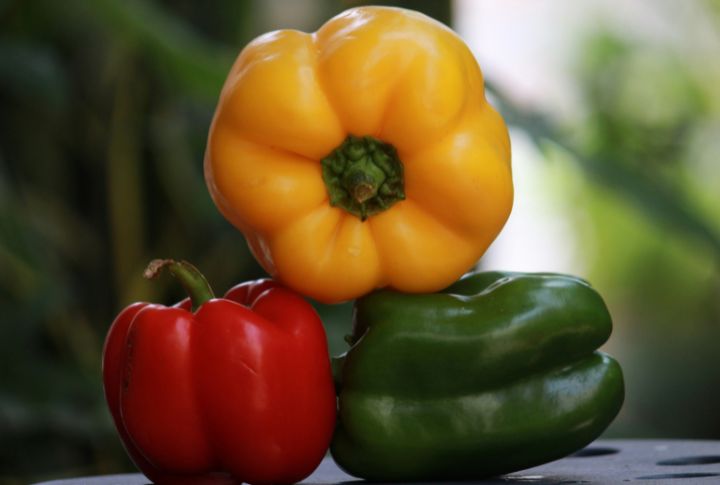
A single red bell pepper has more vitamin C than an orange, making it a fantastic choice for immune support and collagen production. Their bright colors signal the presence of antioxidants that help fight inflammation. Enjoy them raw for a crisp bite, or you can even roast them for a smoky sweetness.
Kale
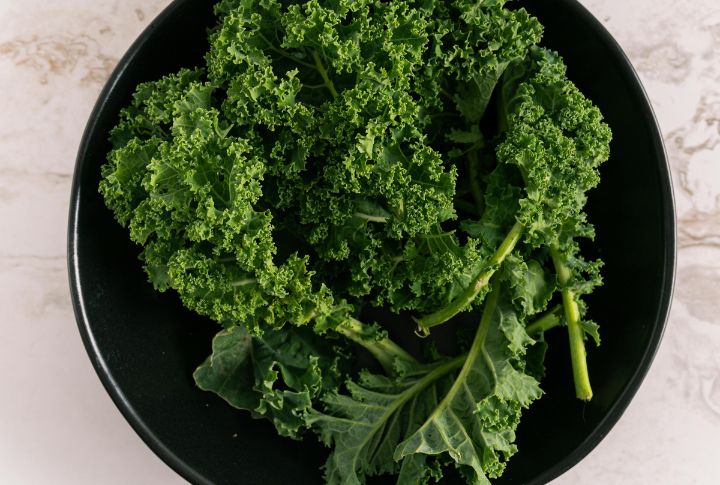
Kale doesn’t just sit quietly in the salad bowl. It delivers vitamins A, C, and K, fiber, and antioxidants that strengthen bones and support digestion. This leafy green also contains compounds that fight inflammation and holds its ground as one of the most nutrient-dense vegetables.
Garlic
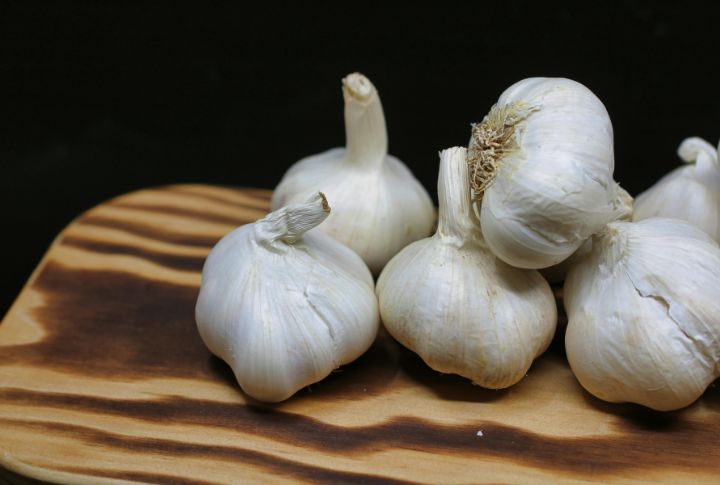
The pungent aroma of garlic lingers long after a meal, but its benefits extend far beyond flavor. Within each clove lies allicin, a sulfur compound known for its ability to support heart health and strengthen the immune system. Research suggests that regular consumption may lower blood pressure and reduce inflammation.
Mushrooms
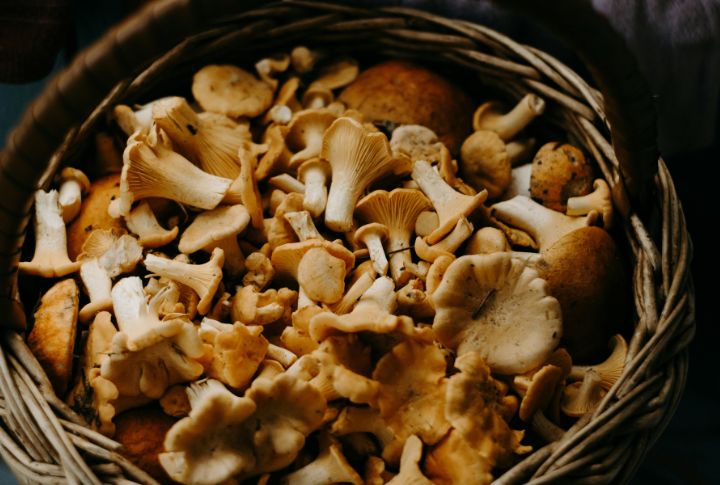
Mushrooms are a unique source of ergothioneine, A powerful antioxidant that supports cellular defense and prevents oxidative stress. Packed with vitamin D and fiber, they additionally boost immune compounds that contribute to overall well-being. Their meaty texture makes them a great plant-based alternative in many dishes.
Cucumber
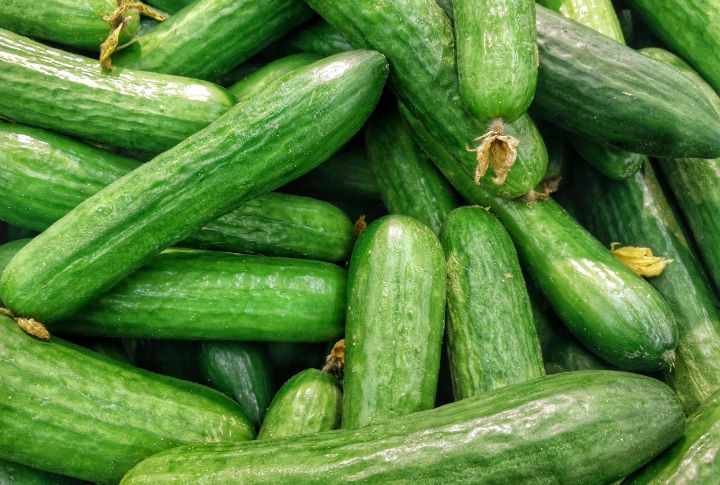
With a water content exceeding 95%, cucumbers offer a refreshing way to stay hydrated and support digestion. Though mild in flavor, they offer small amounts of fiber and vitamin K, both essential for skin health and proper digestion. The crispiness gives a satisfying crunch to salads and sandwiches, making them a light yet nourishing choice.
Brussels Sprouts
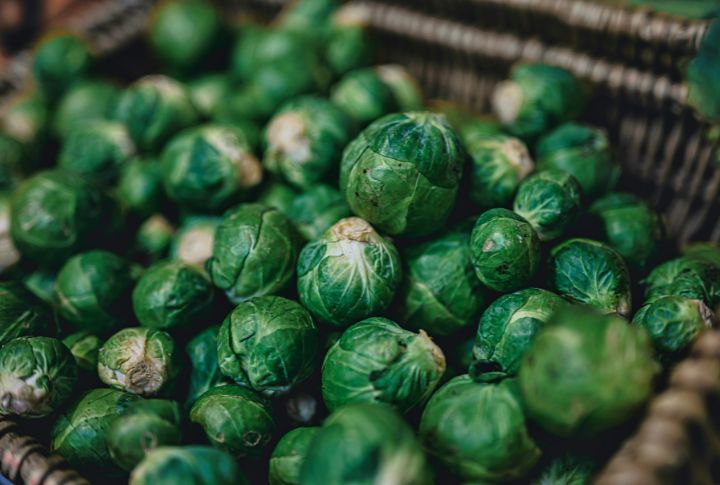
Brussels sprouts, often compared to miniature cabbages, provide a rich fiber and vitamin C source while offering anti-inflammatory benefits that promote gut health. Their dense, compact leaves hold a slightly bitter edge when raw, but roasting transforms them, drawing out a subtle sweetness that makes them far more appealing to those hesitant.
Sweet Potatoes
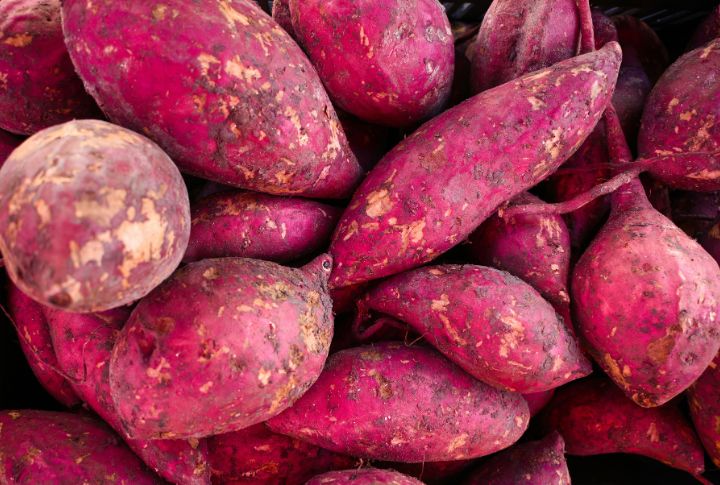
Sweet potatoes have fiber, vitamin A, and potassium, offering steady energy without blood sugar spikes. Plus, their naturally sweet flavor adapts well to both savory and sweet preparations, whether caramelized through roasting, whipped into a creamy mash, or sliced into oven-baked fries for a nutritious alternative to traditional options.
Tomatoes
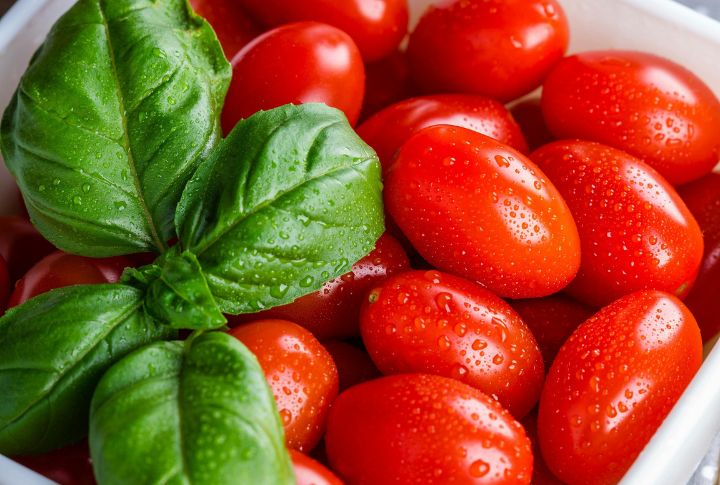
Bursting with lycopene, tomatoes are a powerful antioxidant known for supporting heart health. They are far more than just vibrant colors! Cooking them enhances lycopene absorption, making tomato sauce or roasted tomatoes an excellent choice. They are versatile enough to fit into nearly any dish, from fresh salads to warm soups.
Now, let’s take a closer look at ten vegetables that may not be as healthy as they seem.
White Potatoes

White potatoes can be a hearty, satisfying bite, but their high glycemic index causes rapid blood sugar spikes. When fried, they absorb unhealthy fats, further diminishing their nutritional value. Opting for sweet potatoes offers a more balanced alternative, providing fiber and steady energy without the same dramatic impact on blood sugar levels.
Corn

Corn appears to be a wholesome choice, yet its high starch and natural sugar content make it closer to a carbohydrate than a nutrient-dense vegetable. Many varieties undergo genetic modification and are frequently processed into corn syrup or snack foods. Keeping portions in check allows for occasional enjoyment without overloading on unnecessary sugars.
Canned Vegetables
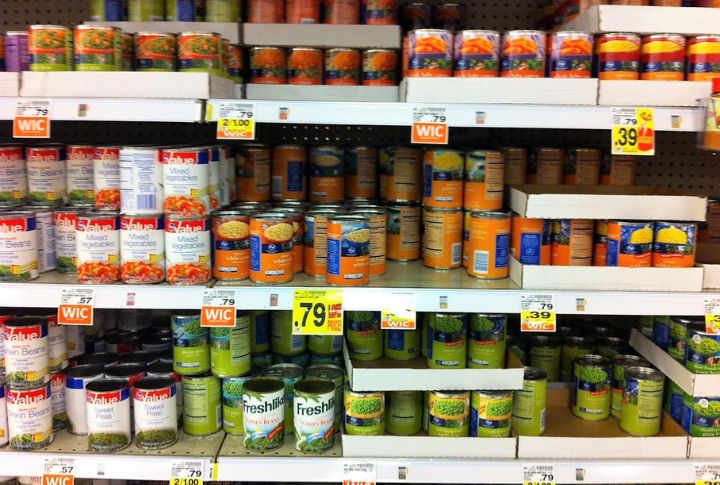
During processing, canned vegetables lose a significant portion of their nutrients while often being packed with excess sodium and preservatives. Cans also contain BPA-lined interiors, which may present health concerns. For a more nutritious and convenient option, frozen vegetables retain more vitamins and minerals without the added preservatives.
Fried Vegetables

Once vegetables take a swim in hot oil, most of their nutrients disappear. Yes, fried zucchini, tempura, and veggie chips may be flavorful, but they come loaded with trans fats, extra calories, and minimal fiber. This makes them a less wholesome choice despite their satisfying crunch.
Peas

Higher in starch and natural sugars than most green vegetables, peas may not be the best fit for low-carb diets. Although they still offer valuable nutrients, pairing them with fiber-rich greens helps create a more balanced meal. However, their slightly sweet flavor and soft texture make them a balanced addition to soups.
Iceberg Lettuce

Composed primarily of water and offering minimal vitamins, iceberg lettuce falls short when compared to nutrient-dense greens like spinach or kale. Its crisp texture provides a refreshing bite but lacks significant nutritional value. Choosing darker leafy greens ensures a greater intake of essential vitamins.
Pumpkin

Fresh pumpkins have some nutrients, but they can lead to a rise in blood sugar due to high glycemic index when consumed in large amounts. Canned versions are worse, as they often have added sugars, reducing their health benefits even further. While it works well in seasonal dishes, moderation is key.
Eggplant
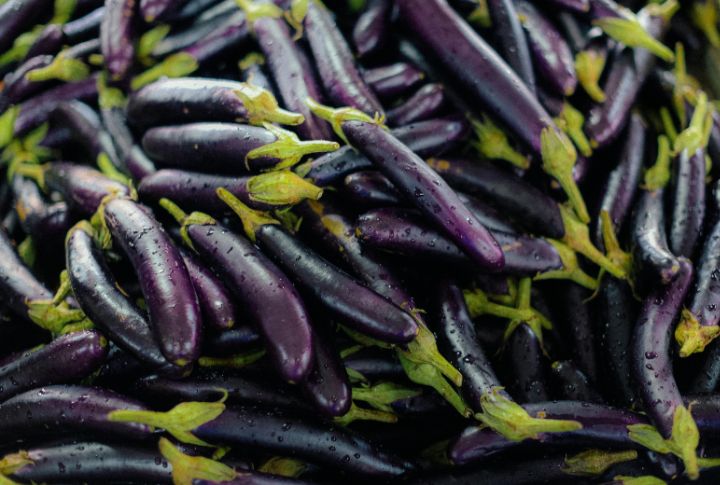
Rich in fiber and antioxidants, eggplant offers valuable nutrients, though it also contains solanine, a compound that may contribute to inflammation in sensitive individuals. For those with arthritis or joint pain, limiting intake might be beneficial, especially when consumed in large amounts.
Pickled Vegetables
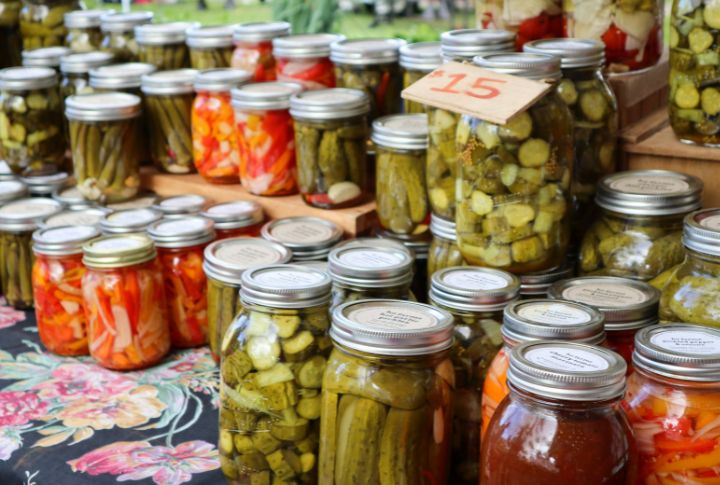
The tangy crunch of pickled vegetables makes them popular, yet many are packed with sodium, leading to bloating and high blood pressure. Their bold flavor comes at the cost of added problems, making them less ideal for frequent consumption.
Butternut Squash

Yes, it is packed with vitamins and fiber, but butternut squash has a relatively moderate glycemic index, meaning it can lead to sharp blood sugar increases when consumed in large amounts. Roasting or blending it into soups can enhance its natural sweetness, but for those monitoring glucose levels, portion control is essential.
Leave a comment